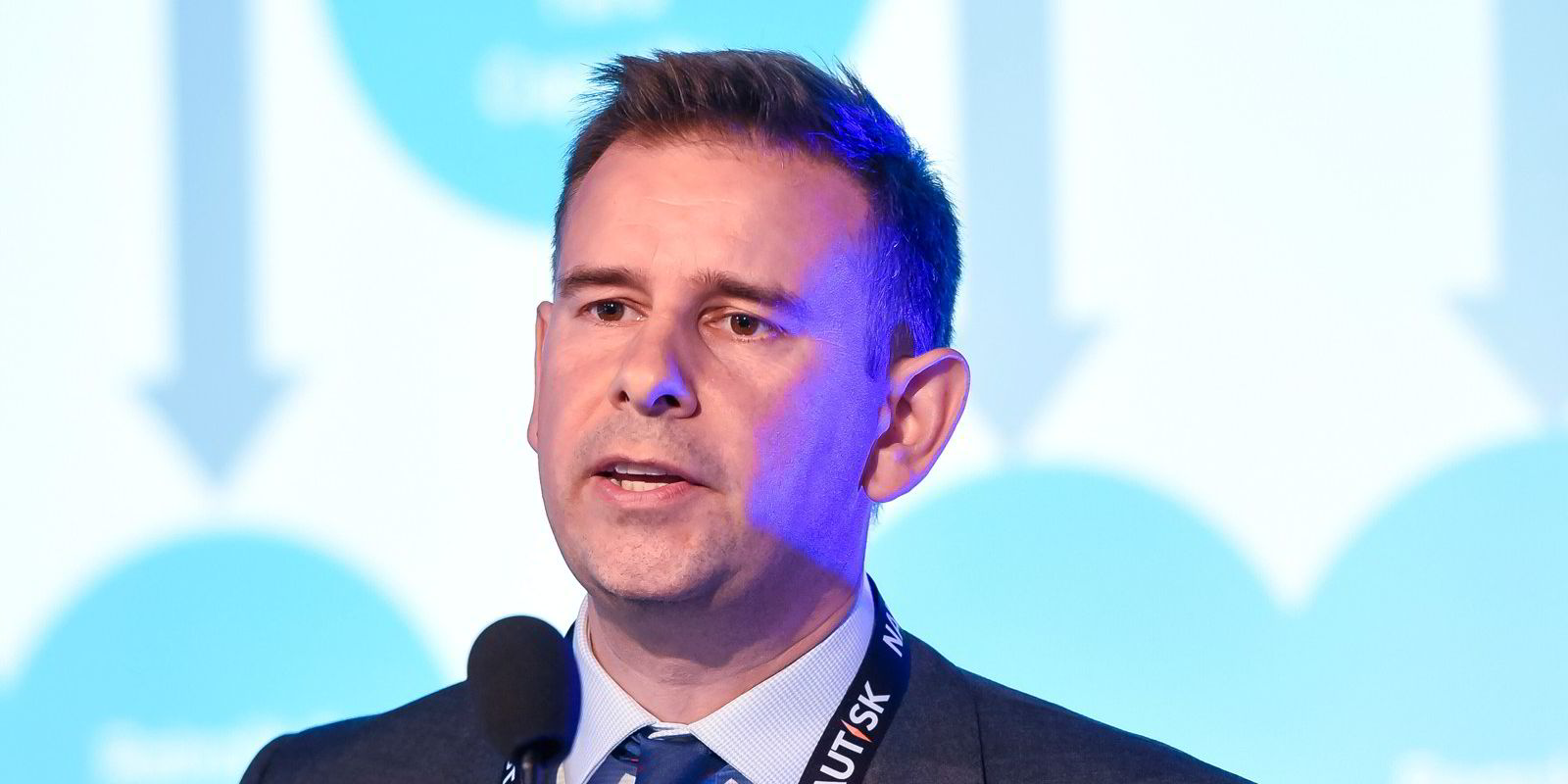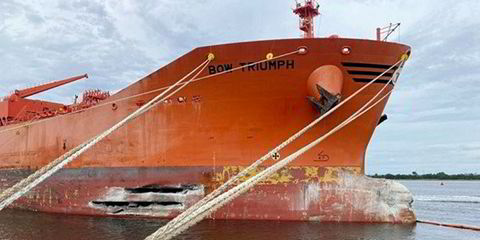Clarksons Research has estimated the likely cost of shipping’s European Union carbon trading allowance and come up with “a big number”.
But managing director Stephen Gordon says the cost has to be seen in the context of even bigger spending on bunkers and newbuildings.
The “milestone” Emissions Trading System includes ships from 1 January.
The UK brokerage used recent trading patterns and EU Allowance (EUA) costs averaging $90 per tonne of CO2 this year to come up with a bill for the sector.
Clarksons Research indicates EUAs will need to total $3.3bn next year, rising to $8.2bn in 2026.
“Sounds [like] a big number, although for context we estimate that the global bunker bill for the shipping industry today is $166bn per year, that in 2023 there will be $115bn of newbuild orders and that 2023 earnings/opex for the cargo fleet alone is over $300bn/$125bn,” Gordon said.
Carbon prices were $25 per tonne in 2019, and as they evolve and regulators move towards a global pricing framework, he argued that the economic incentives will escalate.
Container ships are expected to account for the largest share of allowances at 27% and $2.2bn when the measures are fully phased in.
Ferries and cruise ships will account for 21% at $1.7bn, with tankers next on 18% at $1.5bn.
Bulk carriers will need EUAs totalling $1bn, 13% of the total.
In part, this is driven by deployment, Gordon said.
VLCC costs estimated
The global ferry and cruise ship fleet spends more than 40% of vessel days on routes involving European calls.
The figure for boxships is 16%, tankers 15% and bulkers 11%.
A VLCC heading from Ras Tanura to Rotterdam will need $200,000 in allowances next month, 4% of the current freight cost.
Clarksons calculates that this will rise to $500,000 in 2026 — 10% of freight.
“It seems as if EUAs will be generally wrapped up into a freight rate like other voyage costs, ie bunkers and port fees,” Gordon said.
Clarksons will be modifying its vessel earnings calculation methodology as a result.
The broker expects the emissions trading scheme to support some underlying trends such as the use of more fuel and emission-efficient vessels on EU trades, as well as potential changes in trading patterns.
These could include lower levels of liner service callings and backhaul routing.




